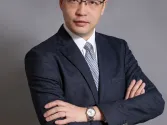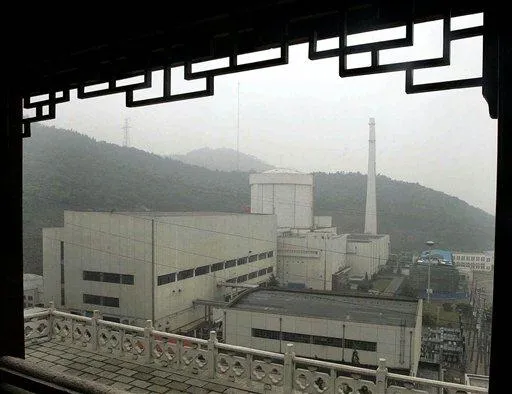
Unit 3 at Qinshan Phase II operates commercially
Unit 3 at Qinshan Phase II Nuclear Power Plant recently started commercial operations.
It marks a major breakthrough of China's independent design in nuclear power industry. It show that the country has full control of the engineering and construction of the improved second-generation pressurized water reactor nuclear power plant, and has laid a solid foundation for further grasping the third-generation nuclear power technology, training core personnel and promoting the independence of nuclear power industry during the period of nuclear power development.
Qinshan II was the first nuclear power station launched during the period of the Eleventh Five-Year Plan. The project includes Units 3 and 4, both of which have an installed capacity of 650 MWe. In Qinshan II, the corporation has enhanced the independent innovation capacity on the basis of units 1 and 2 at Qinshan II, and translated the four "Independents" into reality, namely independent design, independent construction, independent management and independent operation. It has established an important platform and paved the way for the independent work of the third-generation nuclear power technology.
According to Deputy Chief Engineer Zhang Xingtian of CNNC Nuclear Power Qinshan Joint Venture Company Limited, thousands of improvements have been made under the “Ten Technical Improvements” on the basis of units 1 and 2 in Qinshan II, including Main Feedwater Isolation, first applied in China, and passive dehydrogenation recombiner technology. The overall level of safety performance of nuclear power units has been enhanced.
Zhang said, “The successful operation of Unit 3 indicates that the CP600 has met the latest high requirements of the nuclear safety regulations and the construction specifications. Our technology is already state-of-the-art.”
Yang Lanhe, General Manager of the Nuclear Power Qinshan Joint Venture Company, said that through technical improvement, the design load factor of Qinshan II-3 and 4 would increase from 65 per cent to 75 per cent, a big improvement in safety and cost reduction.
With independent design, Qinshan II, in accordance with relevant state regulations, is mainly constructed domestically. In this project, domestic development and technology introduction for domestic manufacturing are performed and encouraged, and the domestic production ratio rises from 55 per cent in units 1 and 2 to 77 per cent, laying a solid foundation for domestic manufacturing of million-kilowatt and third-generation nuclear power plant.

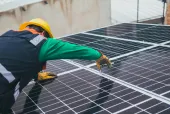
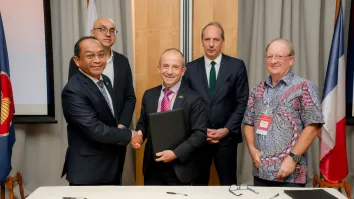

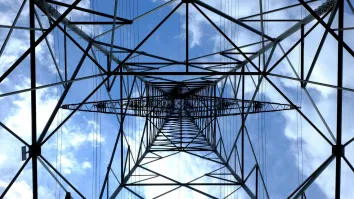

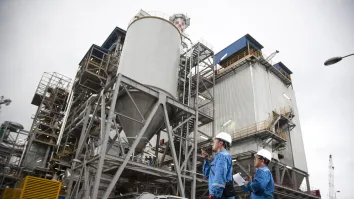
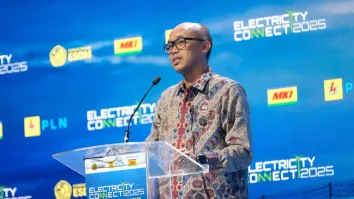



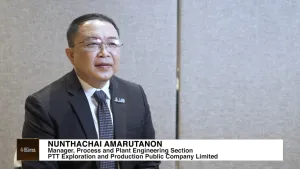

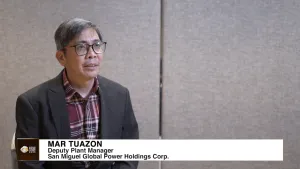
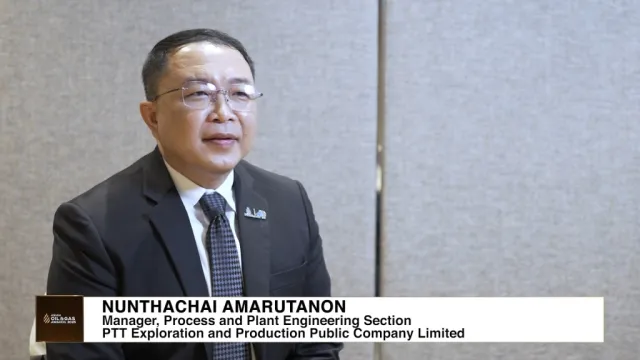

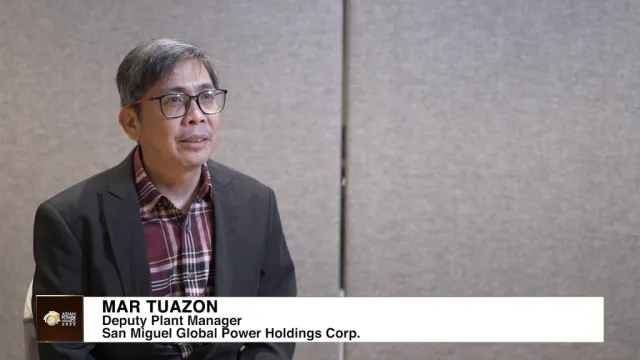
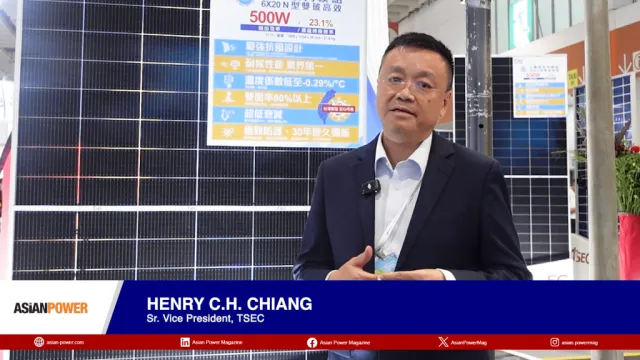

 Advertise
Advertise


